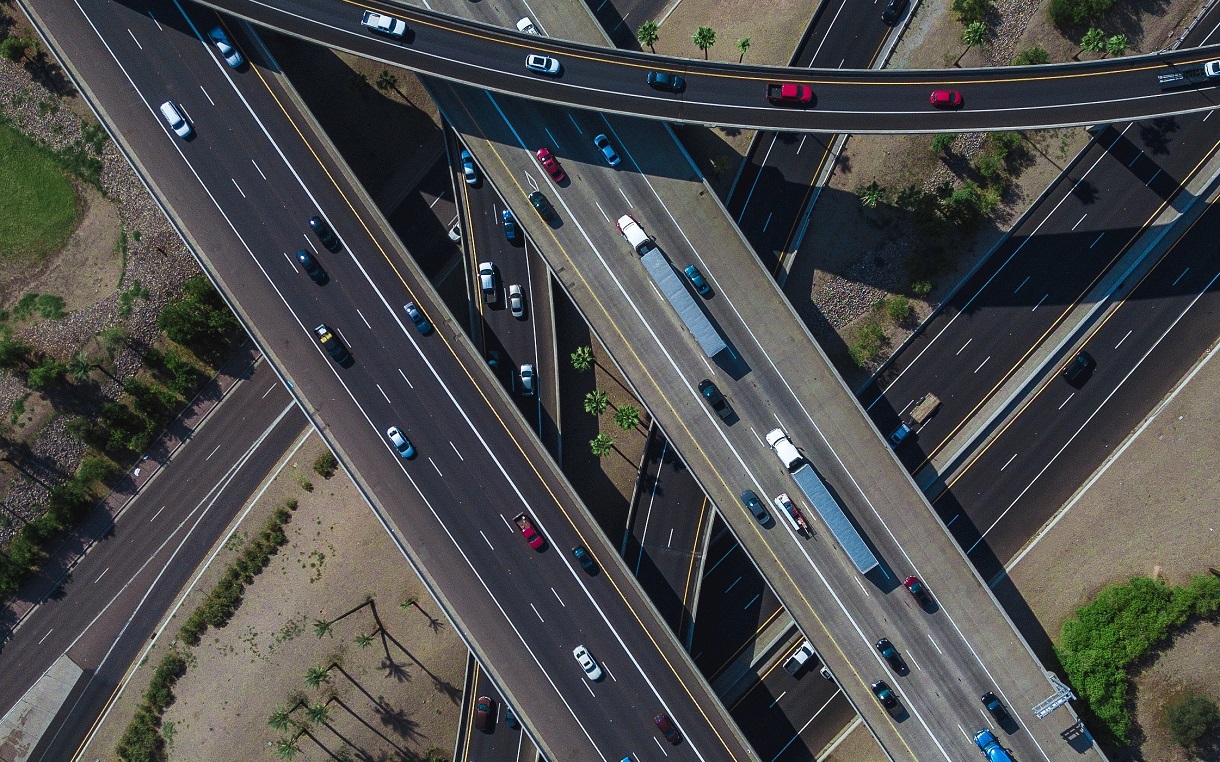The claimant disputed her entitlement to NEBs and medical benefits, including chiropractic services and a chronic pain assessment. The respondent challenged the claimant’s credibility through the use of surveillance video that seemingly contradicted her self-reported, accident-related limitations. The claimant was observed driving, shopping at a busy mall, interacting with store clerks, and jaywalking, all with no obvious signs of distress. Adjudicator Mazerolle noted that surveillance cannot be viewed in isolation, and a decision-maker must compare and contrast the surveillance with information obtained from other sources. In doing so, Adjudicator Mazerolle felt that the surveillance evidence raised many serious questions about the claimant’s post-accident activity levels, which allowed him to conclude that she had not met the onus to demonstrate entitlement to non-earner benefits. While Adjudicator Mazerolle did not accept that the claimant suffered a complete inability to carry on with most of her pre-accident tasks, he did accept that the accident left her with a serious pain condition (as evidenced in the family doctor’s clinical notes and records), and found the disputed medical benefits to be reasonable and necessary.
LAT Case Law Summaries
Commercial/Tort Case Law Summaries

M.M. v Aviva General Insurance Company (18-007868)
TGP Analysis
Lorem ipsum dolor sit amet, consectetur adipiscing elit. Vestibulum placerat ex vitae dui dignissim, in iaculis tellus venenatis. Nam aliquet mauris eros. Mauris vitae justo sit amet nisi dictum euismod in sed nisl. Donec blandit, justo eu pellentesque sodales, eros urna dignissim tortor, non imperdiet enim massa ut orci. Pellentesque id lacus viverra, consectetur neque ac, congue lorem.
- FILED UNDER Medical Benefits, Non-Earner Benefits
SHARE
